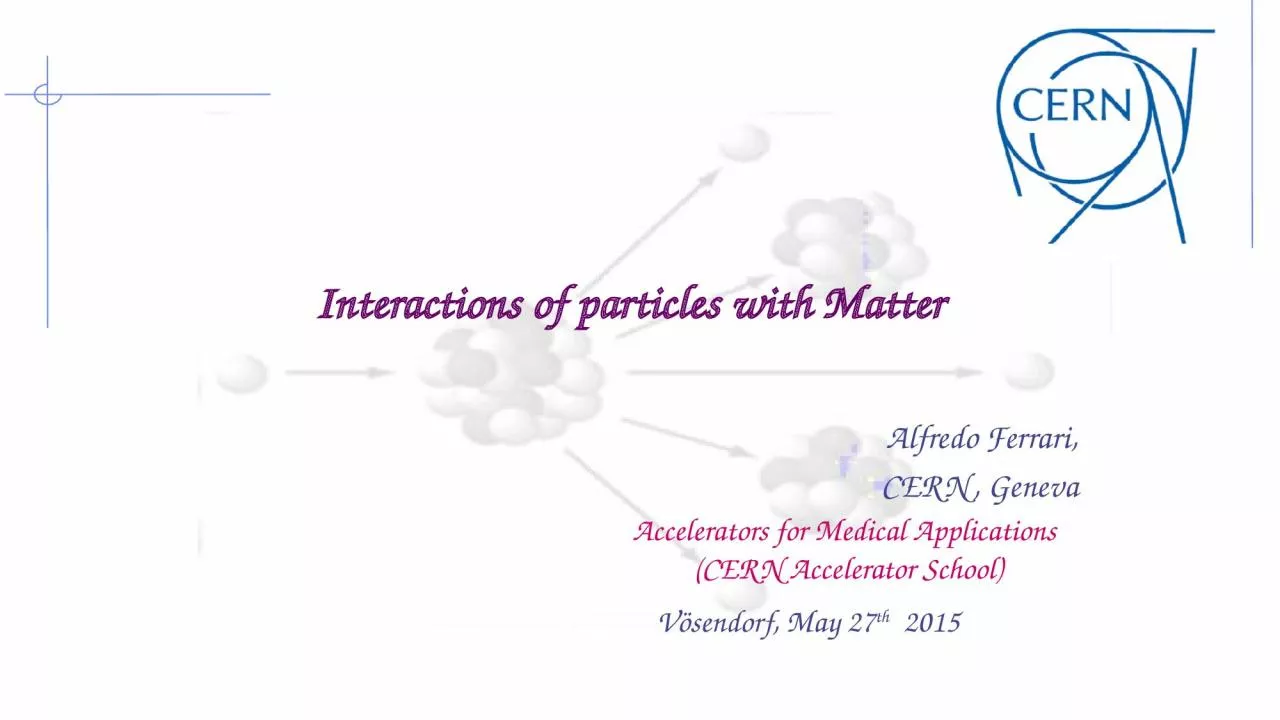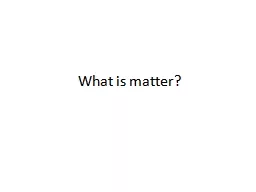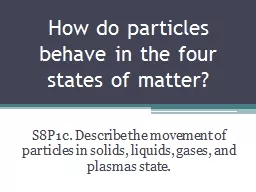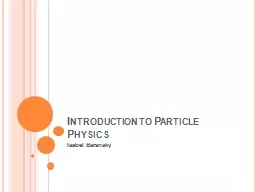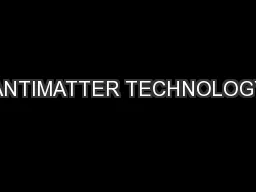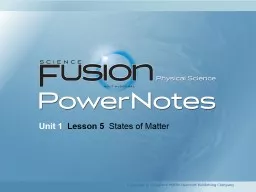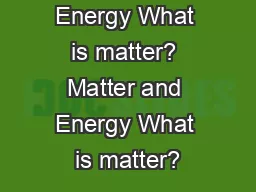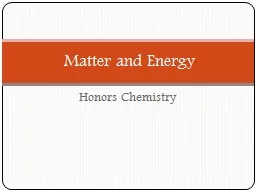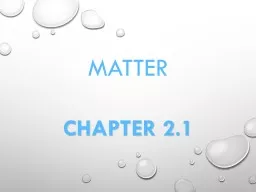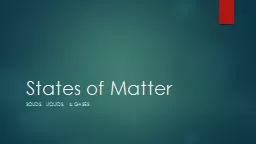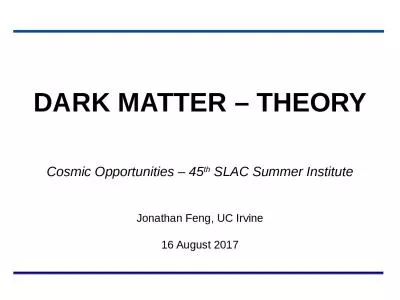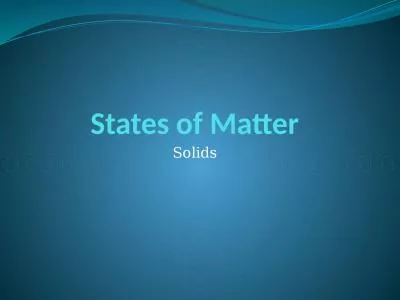PPT-Interactions of particles with Matter
Author : susan2 | Published Date : 2023-11-08
Alfredo Ferrari CERN Geneva Vösendorf May 27 th 2015 Accelerators for Medical Applications CERN Accelerator School Alfredo Ferrari 2 Caveat The talk is intentionally
Presentation Embed Code
Download Presentation
Download Presentation The PPT/PDF document "Interactions of particles with Matter" is the property of its rightful owner. Permission is granted to download and print the materials on this website for personal, non-commercial use only, and to display it on your personal computer provided you do not modify the materials and that you retain all copyright notices contained in the materials. By downloading content from our website, you accept the terms of this agreement.
Interactions of particles with Matter: Transcript
Download Rules Of Document
"Interactions of particles with Matter"The content belongs to its owner. You may download and print it for personal use, without modification, and keep all copyright notices. By downloading, you agree to these terms.
Related Documents

